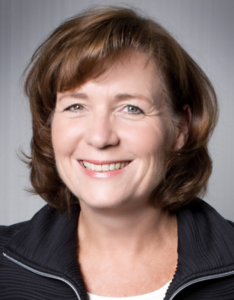Please enter your email in order to download this publication.

A Conversation With

Kelly Lafnitzegger
Vice President, Human Resources at GE Power
Kelly has led Human Resources for GE Power since 2014. Her extensive HR background across a wide variety of GE businesses has positioned her well to guide employees through their journey with GE. Kelly joined the Financial Management Program of GE in 1989. In 1997, she moved into the Human Resources function and held a series of leadership roles in human resources and development in GE’s Corporate, Capital, Healthcare, Global Research, and Transportation divisions.
TSG: You majored in Finance with a Masters in Management. Was Human Resources always your desired career path?
KL: I landed in HR indirectly at first. It’s true my undergraduate degree was in Finance from Fairfield University, and then I went on to complete a Master’s in Management from Kellogg Graduate School of Management. While in the Master’s program, I took an HR Strategy class and it piqued my interest in the field. I went on to take a few more HR/organization behavior classes and graduated with a concentration in HR. Up until then, I had spent seven years in Finance and then transitioned into HR after completing my Master’s. That experience was very formative, as it helped me to understand the fundamentals of how business works which is critically important for HR professionals.
TSG: When did you first get your role at GE, and how have you built a successful career at GE from that foundation?
KL: I interned with GE when I was a senior in college. From that internship, I learned about GE’s Financial Management Program (FMP) and I joined the program upon graduation. A big reason why I joined was that GE’s leadership programs had a great reputation for developing technical expertise (finance for me) and leadership skills. I joined FMP at GE Capital and rotated through five different roles over three years. Each role created challenging learning environments both professionally and personally, and I gained experience in international accounting, controllership, financial planning & analysis, and risk management (among others). FMP also took me to new places, including New York City, Atlanta, and Chicago. In short, the program taught me how to learn and adapt quickly.
TSG: From your experience, what would you say is the main goal/role of Human Resources within a business, and how does GE support your success in this pursuit?
KL: In my view, the role of Human Resources is fundamentally to understand the business strategy and translate it into an organization and people strategy. Business performance, competitive positioning, and industry trends help form the basis for our HR strategy. Our strategy aims to optimize our organization to ensure we have the right people with the right skills and in the right place to deliver for our customers and our shareholders. The key to making all this work is by having a healthy company culture where people want to work and grow their careers.
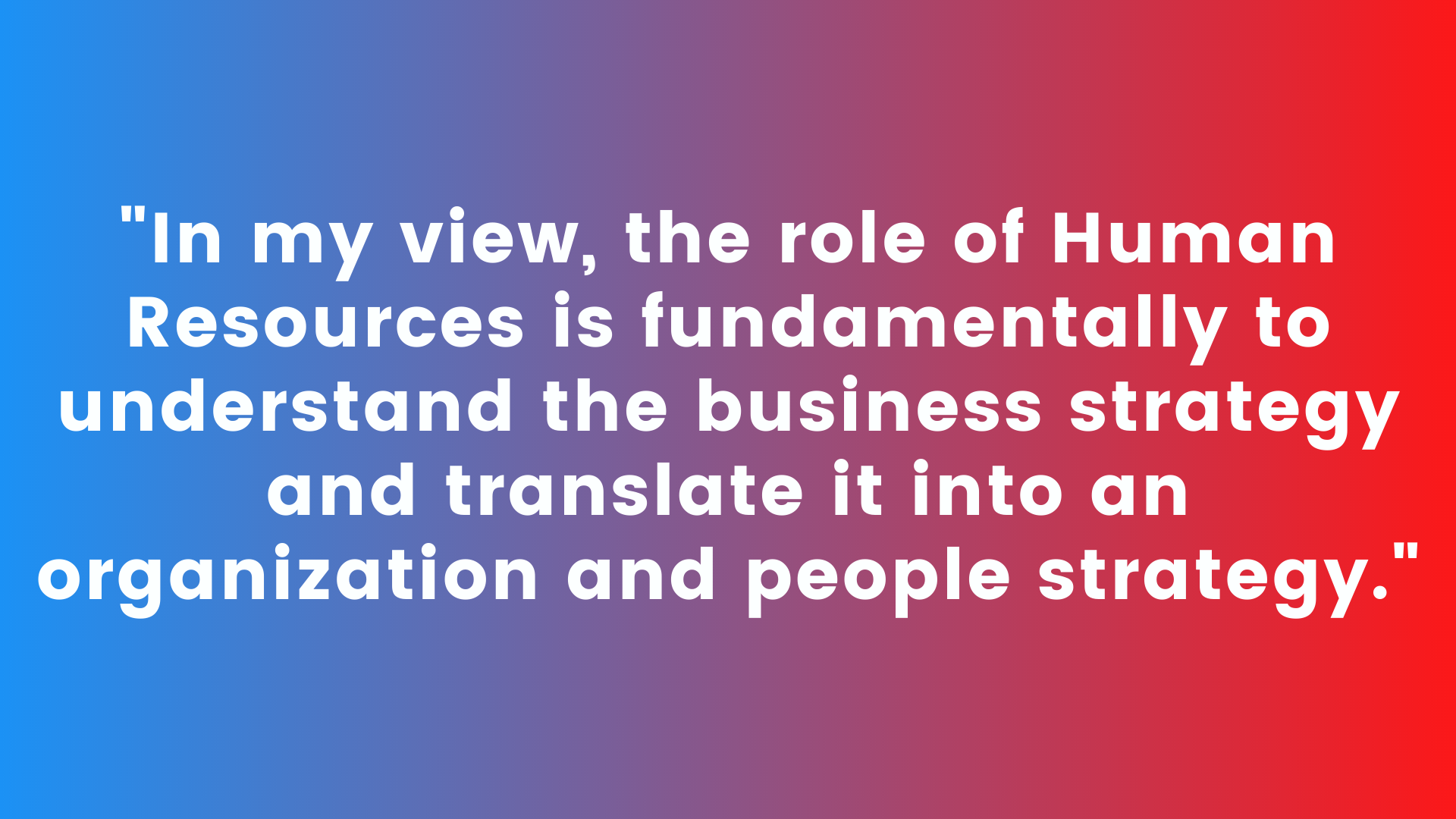
TSG: GE has a storied history – what does the GE of today look like, and how does it compare to the past?
KL: GE is 125 years old this year. It has an amazing legacy of innovation, technology, and advancements that have an impact on the world. The company’s impact is as true today as it was when founded by Thomas Edison in 1892. Another consistent trait is the company’s capacity (and insatiable appetite) to change. GE’s portfolio of businesses looks a lot different today than it did even 10 years ago. For example, the company has exited the appliances and entertainment industries, we’ve refocused most of the financial services space to support our core businesses, and we have substantially increased the size and footprint of our industrial businesses.
In addition, our businesses and employees are investing heavily in the digital industrial transformation to meet the needs of our customers in the 21st century. I, like many leaders in GE, believe we are entering the next industrial revolution, and our urgency and paranoia to change are what has kept GE relevant for 125 years.
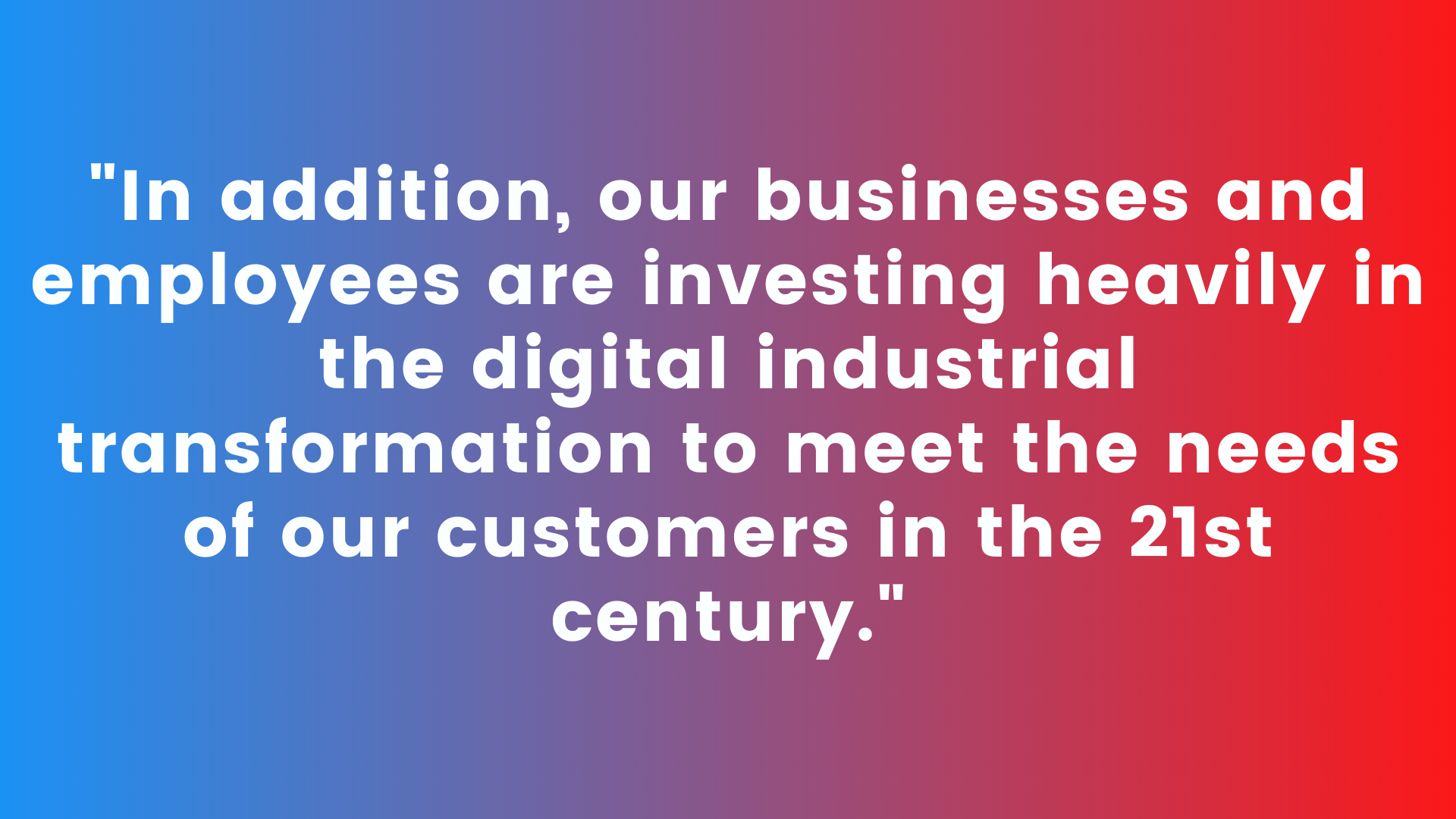
TSG: GE introduced a feedback app with the goal of increasing the quantity, quality, and delivery of feedback for employees. Since introducing the application, what have been the biggest benefits and biggest weaknesses? Would you recommend this approach to other organizations?
KL: As GE changed itself over the last few years, we also needed to change our culture. To accelerate our efforts in becoming a digital industrial company, our approach to performance management and feedback needed a fresh look. While our existing process served us well for many decades, we realized it was not as contemporary, fast, open, or transparent as we would need to make our changes successful.
So, we set out to learn from others (like software companies) and we ultimately launched what we call Performance Development, or PD@GE for short. While PD@GE has some impressive features like real-time feedback for every employee, the app is just an enabler. The goal with PD@GE is for all employees to feel obligated to give (and receive) real-time, informal, and candid feedback, ultimately leading to personal improvement and better outcomes for our customers. We are in the early stages of this change, and it takes a lot of trust and role modeling to make it successful, but I truly believe it will make GE better.
TSG: GE is known to spend significant time and resources in developing its next-generation leaders. One such avenue is the GE Leadership Programs (such as the Human Resource Leadership Program) that are traditionally two-year durations across a variety of functional roles. Why is GE investing so heavily in this area, and what have been the returns?
KL: GE has always been a big believer in employee and leadership development, and our investments show it. GE spends ~$1B in annual training and development, including technical, professional, and leadership skill-building. Personally, I graduated from GE’s Financial Management Program at the start of my career, and GE has entry-level programs for all functions/disciplines (HR, Digital/IT, Engineering, Operations, etc.).
These programs are designed to develop depth and expertise in specific disciplines. We also have career accelerator programs for experienced professionals across all functions, and GE’s “Crotonville” corporate university campus serves ~50,000 employees and 5,000 customers each year. In fact, Crotonville has been open since 1956 and remains an important part of our strategy for continuous learning.
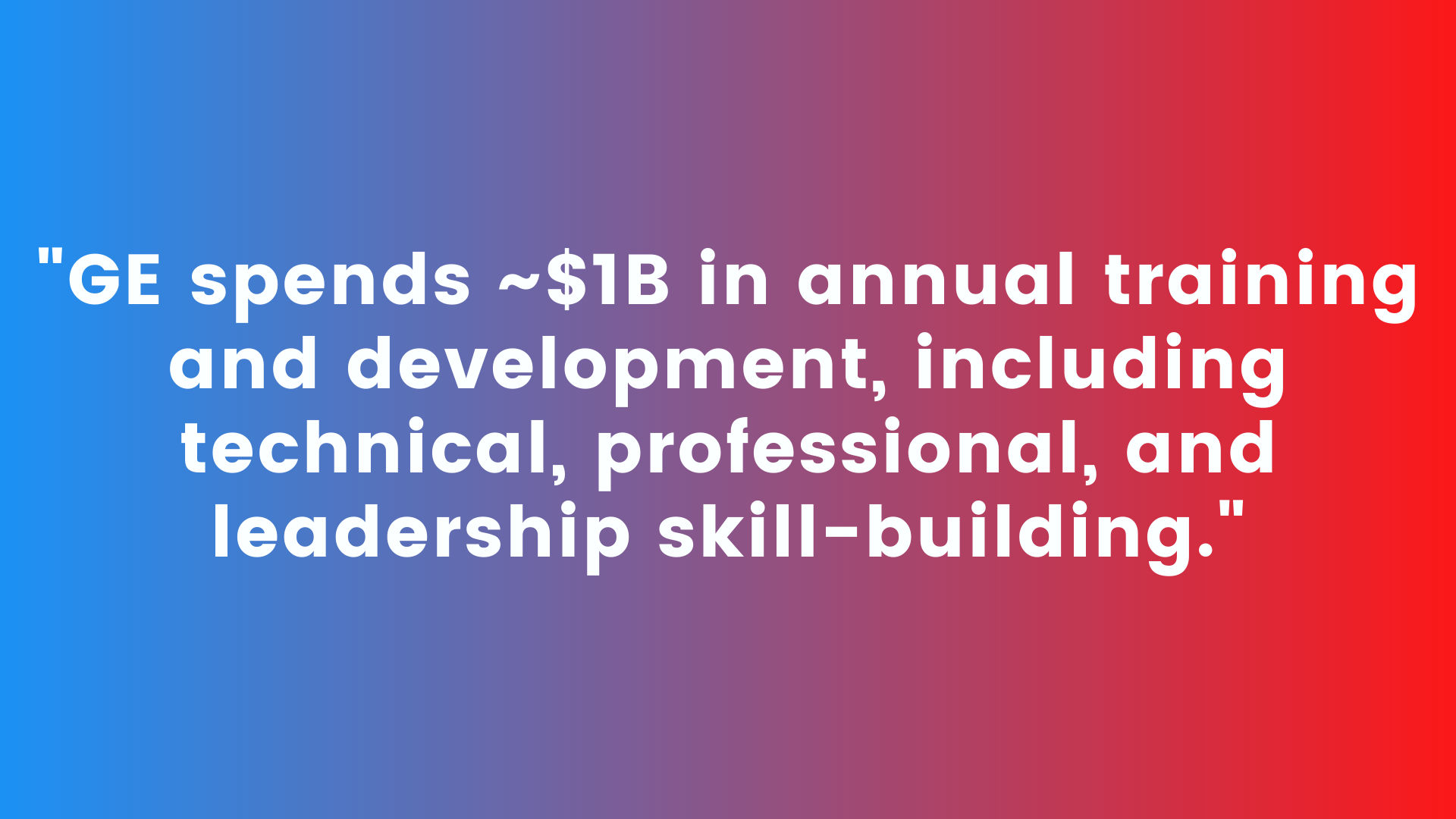
TSG: What’s your favorite part of your job? Least favorite part?
KL: My favorite part of the job is the talent development piece. I enjoy the coaching of our leaders, employees, and HR team, and I love watching them grow through challenging assignments and experiences. The opportunity I have to challenge employees with new responsibilities and help them succeed is a great feeling. I am also a bit of a data junkie, which may be attributable to my finance background. I like to look at what workforce data is telling me and then adjust our organizational and people strategies accordingly. Some of the data sources I use include feedback on glassdoor.com, our internal culture surveys, attrition rates, market data on where certain skills and capabilities are, and more.
The most difficult part of my role is restructuring, which I’m sure I share with many fellow HR leaders. While restructuring activities are a natural part of business evolution, it is never easy. My goal during these situations is to do so with compassion and to help people land in a new role, whether it be inside or outside GE.
TSG: What big pressing question(s) are you exploring within the HR department at GE Power now? What initiative(s) are you most excited about?
KL: Our teams are currently focusing on the future of work and what we need to do to support it. Technology is disrupting our industries, changing our lives, and disrupting the way we work. For example, how will additive manufacturing and 3D printing change the role of our manufacturing workforce? Robotics is already playing a part in manufacturing, but where else could robotics come into play? How will artificial intelligence change the way we work and our workforce of the future? We are also focusing on a sector of the workforce who prefers to work on demand (the “gig” workforce); how do we embrace these workers and successfully integrate them into our more traditional workforce? These questions are popping up in real-time, and they are both disruptive and exciting at the same time.
TSG: GE has taken on a mantra, especially recently in reinventing themselves into a more agile organization, of fail fast, fail often, fail forward. What was the biggest professional failure you’ve had, and what did you learn from that experience and apply in your career going forward?
KL: GE has adopted an approach we call FastWorks, and it is effectively a test and learn approach. Rather than develop a product in a lab without any external opinions, we engage customers in the process, gather feedback, iterate ideas and then act quickly to improve upon the idea (or pivot our strategy). This approach encourages learning, failure, and most importantly better outcomes for our customers in a much faster timeframe than before.
As I think about my own professional failures, I would go back to a time earlier in my career when I was leading HR for a business undergoing an acquisition. Our business was acquiring a direct competitor which understandably created some interesting dynamics. Despite following all the integration checklists and processes, we (I) missed big on the cultural integration. Our approach was very one-way and resulted in a significant turnover of employees. In subsequent acquisitions, I’ve been very purposeful in engaging the employee population in the process, try to have a leadership team representative of both organizations, and create a culture that brings the best attributes of both companies.
TSG: What do you wish you knew when you were 22? What advice would you give to your 22-year-old self?
KL: As I mentioned earlier, I joined GE right after graduating college. Looking back, I wish I had taken that time right after college to travel and experience the world, or maybe volunteer in a developing country. Throughout my GE career, I have had the opportunity to travel and see so many fascinating parts of the world, but most of my time is spent on work-related activities. I believe I would have benefitted by living within different cultures and learning from them before starting my career.
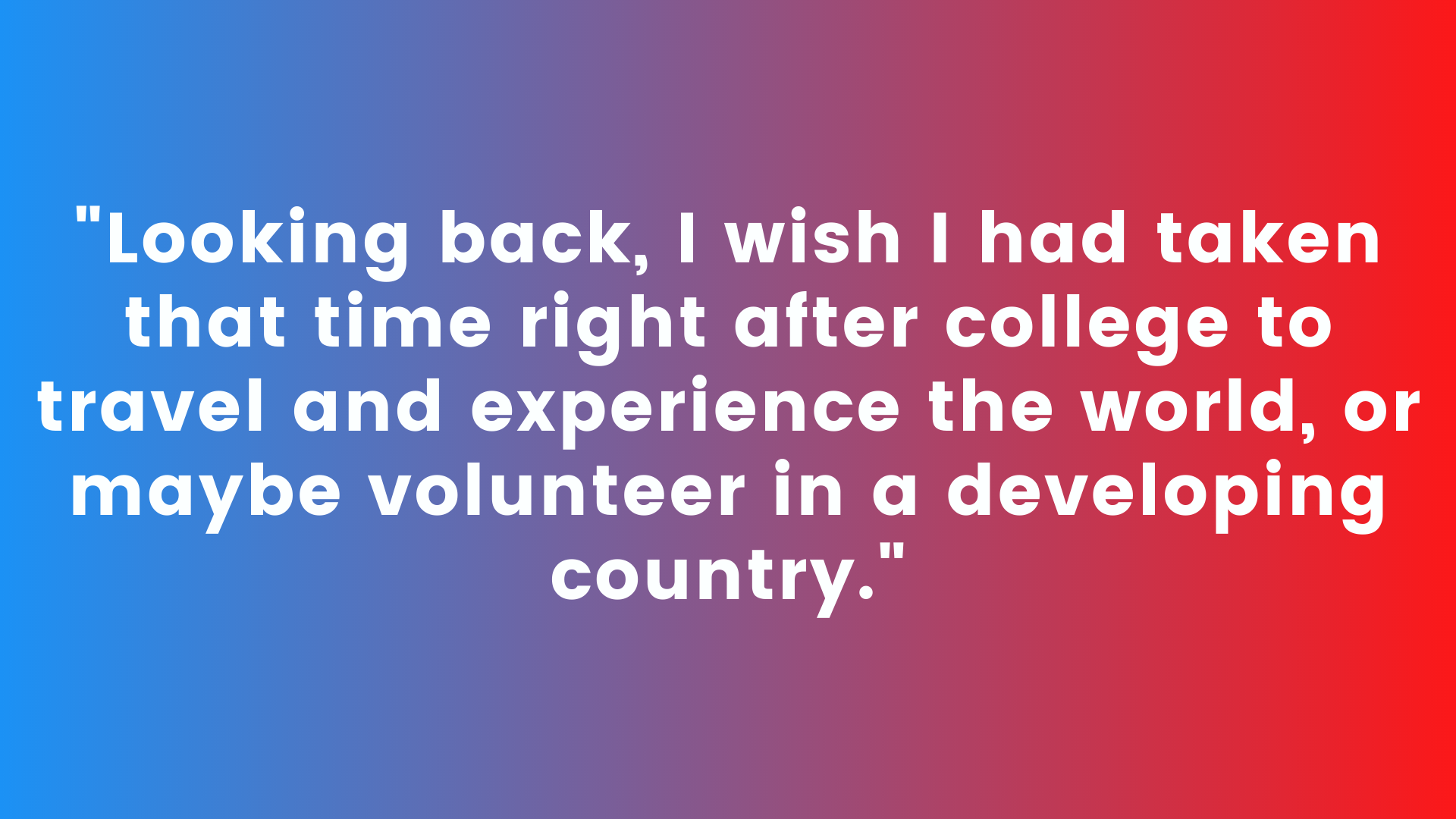
TSG: Do you have any productivity “hacks” that you recommend to others?
KL: I’m forever looking for productivity tips, but I have a few that I find helpful. First, I block time on my calendar every day to catch up on email, connect with others, and read what’s happening in the industry. I find that if I don’t control my calendar, it will control me.
Second, I get into the office early in the morning so I can spend the first hour focused on my agenda before the day takes over.
Third, I’m experimenting a lot on social media – Facebook and Instagram with my friends and family, Snapchat with my kids, and Twitter and LinkedIn for news and professional interactions. I’ve learned some great tools to be more efficient across social media platforms so I’m not manually posting on each separately. I’ve also been using LinkedIn Elevate, which aggregates content relevant to my interests and makes it much easier to find and share with my followers.
TSG: How have you navigated a primarily male-dominated workforce, and what advice would you have for others in similar situations looking to accelerate their advancement in the workforce?
KL: GE is currently working to “balance the equation” and increase the number of women in our company for technical roles. STEM fields have traditionally been male-dominated and we have programs in place to attract, develop, and retain more diverse leaders. I would sum up my advice to others in three words: courage, confidence, and authenticity. However, these words would be the same whether I am advising men or women. Authenticity is who you are and what you believe in. If you are not true to yourself and confident in your beliefs, then you won’t be at your best. With courage – be a risk-taker. Have the courage to reach for bigger (and possibly scarier) roles. You just might surprise yourself!
I would also encourage everyone to have an opinion and the confidence to share that opinion. My own comfort level of voicing my opinion in a male-dominated workforce was probably helped when I was a child. As a kid, I played little league baseball, and I was the only girl on the “boys” team. When I told my parents that I wanted to play baseball, they were completely supportive. My father also used to say that the only four-letter word we could not use in our house was “can’t” and that is something I use with my three children today. (P.S. we didn’t dare to use the other four-letter words; we knew they would not go over well!)

